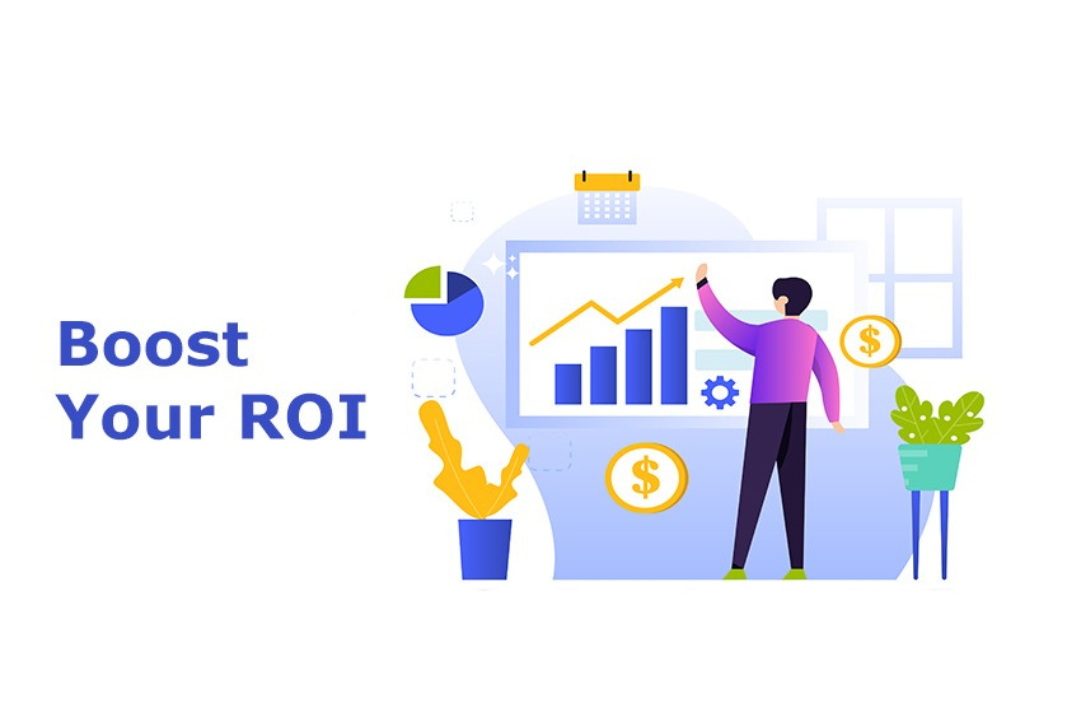
ROI-Driven Strategies: How to Measure the Success of Your Digital Campaigns
- Posted by : Anvis Digital
- Design
Running a digital campaign and being unsure of whether it will bring in sales or leave you empty-handed is scary, isn’t it? One needs a certain degree of confidence that the methods they are applying are working to their satisfaction.
Here’s where ROI strategies come in. We, at Anvis Digital, take our digital marketing seriously and have carefully curated some solid strategies that might come to your rescue. Whether you are a brand owner or a digital marketing agency, this blog can prove to be a helpful tool for you to start your journey.
So, let’s dive in without any further ado!
Here’s where ROI strategies come in. We, at Anvis Digital, take our digital marketing seriously and have carefully curated some solid strategies that might come to your rescue. Whether you are a brand owner or a digital marketing agency, this blog can prove to be a helpful tool for you to start your journey.
So, let’s dive in without any further ado!
What Is ROI and How Is It Calculated?
When you are running a campaign and have financially invested in it, you have no idea if your campaign will be a hit or will just drain your budget. ROI (Return on Investment) is a good way of knowing “Am I making more money or just spending it?”
The basic formula for calculating ROI is –
Here’s a real-life example to understand it better – Say, you are posting an ad campaign on social media for your brand, and you have invested ₹5000 in it. You are seeing a revenue of ₹20,000 on that investment. Your profit would be ₹15000 (Revenue – Investment). Using these numbers, apply that formula and voila! You are looking at an ROI of 300%. That’s a huge win!
The basic formula for calculating ROI is –
Here’s a real-life example to understand it better – Say, you are posting an ad campaign on social media for your brand, and you have invested ₹5000 in it. You are seeing a revenue of ₹20,000 on that investment. Your profit would be ₹15000 (Revenue – Investment). Using these numbers, apply that formula and voila! You are looking at an ROI of 300%. That’s a huge win!
Key Metrics
Before tracking ROI, make sure you have outlined your goals and what you want to achieve from them – getting more clicks, increasing brand awareness or generating leads. Some of the metrics that can help you figure it out are –
- 1. Click-through Rate (CTR): This tells you the number of people who have clicked on your ad after looking at it. A high CTR tells you your ad is booming.
- 2. Cost per Click (CPC): This tells you the cost or money paid per click. A low CPC means more traffic is being generated for less money.
- Conversion rates: This shows how many clicks resulted in a purchase, form submission, or completed sign-up.
- Cost per acquisition (CPA): This is the cost of getting a single paying customer or lead. A lower CPA means you are doing something right!
- Customer Lifetime Value (CLV): This is the money your customers would be bringing you over time. To achieve this, customer loyalty is a must. If your CLV is high, you are playing the game right.
- Brand Awareness: This shows you that people are aware of your brand and it’s reaching the correct audience.
Tying it all back to ROI
Want to see if your campaign is actually working? Follow the flow below to find out.
- Look at the money you are spending (ads spent, tools, time).
- Track the revenue you earned from the campaign (sales, leads, and sign-ups).
- Use the ROI formula.
- Dig into the metrics – The CTR, CPAand conversion rates all help you determine what’s working and what you need to do more.
Pro Tips for ROI-driven Strategies
1. ROI will start showing positive results with continuous optimization and a focus on generating more leads, while also maintaining customer loyalty to your brand.
2. Keep experimenting with creative ads, landing pages, and targeting the right audience.
3. Budgeting should align with the brand’s needs, with some emergency funds set aside.
Keep these tips in mind, and you’re good to go!
2. Keep experimenting with creative ads, landing pages, and targeting the right audience.
3. Budgeting should align with the brand’s needs, with some emergency funds set aside.
Keep these tips in mind, and you’re good to go!
Conclusion
Just remember that ROI is not math, it’s a map. It’s not just about numbers here. You must ensure that emails, ads and posts are pulling their weight and performing. So, the next time you launch a campaign, don’t just sit back and hope it works. Track the results, learn from it and scale things up stuff to get the results you want.
At Anvis Digital, we use every marketing strategy there is to work our magic on brands. We make sure that with the right ROI strategies, you aren’t just marketing – you are marketing smartly. Follow our blog to stay in step with the ever-evolving world of digital marketing.
At Anvis Digital, we use every marketing strategy there is to work our magic on brands. We make sure that with the right ROI strategies, you aren’t just marketing – you are marketing smartly. Follow our blog to stay in step with the ever-evolving world of digital marketing.
- Tags :
- Branding
- Design
- Technology


